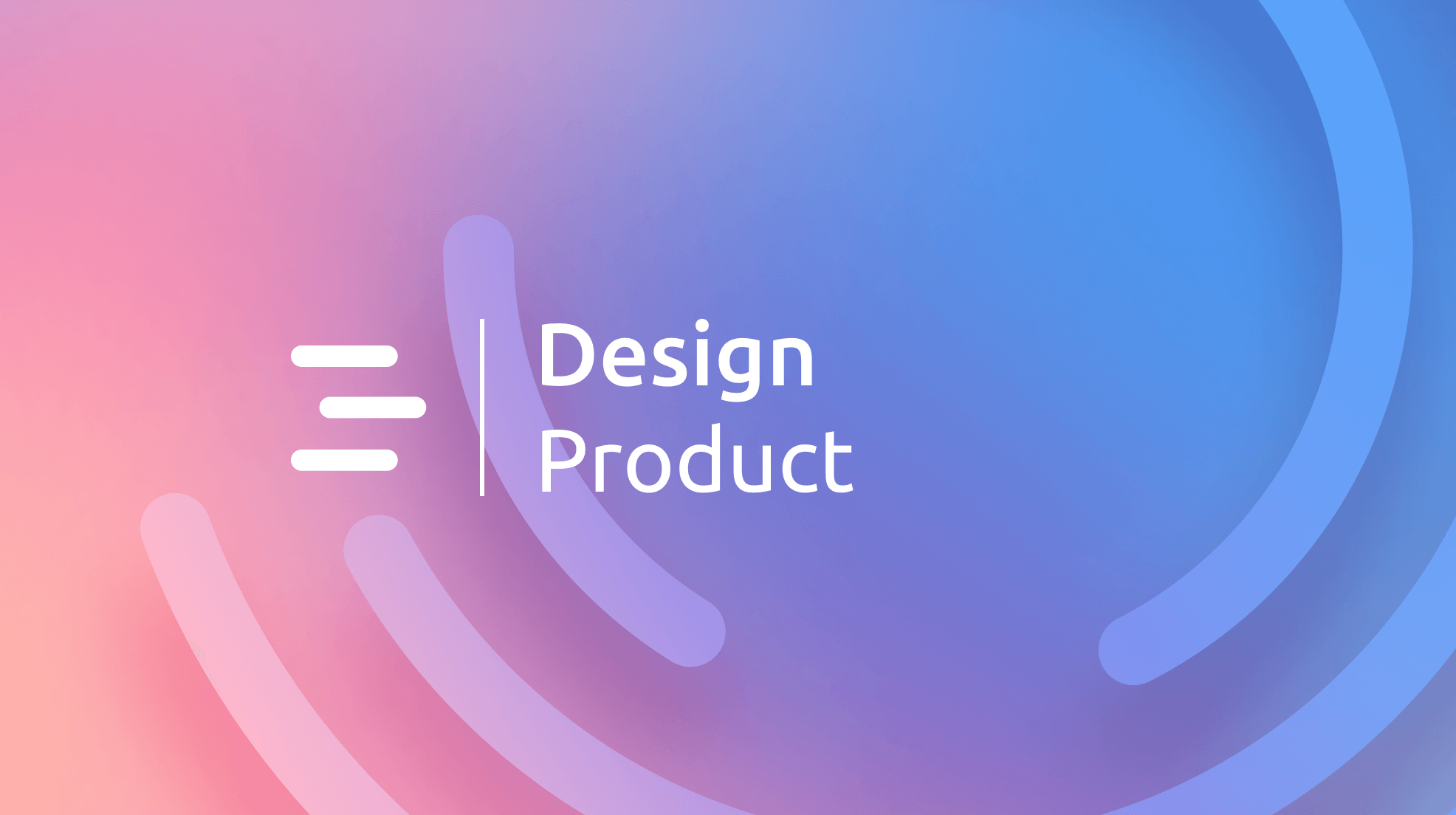Last March, many companies were forced to switch to remote-first working due to the global pandemic. Among many realizations that Covid-19 brought to light was the increased importance of internal documentation for product development teams. What used to be a simple question you could ask a colleague by tapping them on the shoulder now became a quest to determine who, if anyone, had the answer or where to find it. Since then, many articles were written about the value of documentation for remote teams. Documentation serves as a single source of truth, builds a shared understanding of the problem, encourages self-learning, and allows other team members to react to your ideas early in the process. However, knowing that something is important doesn’t make it any easier to do.
Pex is a fully remote company distributed across two continents and multiple time zones. To keep teams up to date, everyone is expected to share their progress, thoughts, and ideas openly and frequently. Of course, it’s easier said than done because, let’s admit it, not everyone is a writer – I’m certainly not. Writing is not my passion; I didn’t study writing in school, and, as a matter of fact, I always loathed it. Even so, I’ve only received positive feedback on my writing since I started at Pex in October 2020. By approaching this problem as a product designer, I developed rituals and strategies for documenting my process well, despite not being a writer. Let me explain.
Writing is designing
To me, the benefits of writing go beyond “meeting expectations” or writing things down for the sake of a remote team. Writing about your project forces you to reiterate and reconsider all the knowledge that currently exists only in your head (and could be wrong!). I like thinking of writing as the lowest fidelity of the prototype – making visible something that was before invisible. So many times, while summarizing the progress of my design using Discourse (Pex’s tool of choice for asynchronous communication), I found inconsistencies in my logic, blind spots, and ideas worth revisiting. No wonder that writing is often cited as one of the critical skills for future-proofing your design career.
“I’d rather be designing!”
Documenting your process is often seen as an additional burden compared to “just designing.” When do you do it, anyway? Writing anything down at the beginning of the project seems pointless – the requirements will likely change; pulling everything together at the end of the project feels like an additional design undertaking on top of your day-to-day responsibilities. This uncertainty leads to procrastination, and project after the project, we are left with documentation that is only halfway done. So how might we break down this insurmountable challenge into smaller chunks that won’t hinder your progress? Here are three rituals I use to track my progress during a project.
1. Take control of your time with a dot journal
I love good stationery and always have to stop myself from buying yet another notebook. However, I couldn’t find a use for them over the years until I started tracking my time. It didn’t help either that time planners have pre-printed pages that rarely suit my needs. Today, I use a dot journal to create my own layout that fits my time tracking needs.

How:
- Use a full spread (two pages, side-by-side)
- Make boxes for each hour of the day that you’re awake.
- Make additional boxes for anything else you’d like to track: tasks, ideas, reflections, etc.
- Write down a quick note every hour or as often as you can remember.
- (Bonus tip) Having your journal open on your desk helps to remember to do this often.
I keep those boxes small. Just like stickies during brainstorming sessions, smaller boxes only allow you enough space for a concise note. These notes later can be used to jog your memory for what you were doing every hour of the day. The page’s structure also creates a powerful visual for how much time you have left to do whatever you need to do that day.
When to do it: as often as possible, ideally every hour.
The time required: 30 sec or less per note
2. Make your own “release notes”
Although tracking time is vital for feeling productive, the hourly notes rarely tell me about my progress on a particular project. So at the end of each day, I add longer, more specific notes about the projects I’m working on to a Google Doc. I first learned about this ritual from Marshall Bock of the Design Details podcast. This document is a running tally of everything I do day in and day out. I can link any documents I worked on to it, add visuals of flows and designs I created, and note any questions or action items that I want to remember.

How:
- Use a Google Doc or any other electronic note-taking solution (in the past, I’ve used Notion and Trello, but settled on Google Docs as the universal tool).
- Make sure to use pre-made Heading styles and take advantage of the document’s Outline for easy navigation.
- Use consistent, actionable language when describing what you did (i.e., presented, designed, shared, etc.) to make the document easily searchable.
- Write down outcomes of meetings, questions, any tasks that you did that day, as well as questions and action items that came out of your work and meetings.
- Use your hourly notes to jog your memory!
This document doesn’t have to be pretty or polished, but you should be able to navigate it easily and find the information quickly. It helps me remember the feedback that I received on a design, even if it’s not documented otherwise. It’s also incredibly satisfying to read through everything you were able to do in just one week/month/year.
When to do it: at the end of each day or after a meeting or particularly challenging task.
The time required: 3-5 min.
3. Capture your impact with a weekly snapshot
Finally, at the end of each week, I summarize my progress by writing down (or just copy-pasting) tasks or projects I completed this week, the results and the impact of those projects, as well as any challenges I’ve encountered. This document later becomes the prime source of material for my portfolio case studies and performance reviews. I prefer to do it in Google Slides because it creates additional constraints and forces me to be once again concise and to the point.
How:
- Make a template that makes sense to you – what would you like to track every week?
- At the end of each week, using your daily notes, write down your work results.
- Enjoy the benefits anytime you need to write a case study or performance review.
When to do it: at the end of each week.
The time required: 5-15 min.
But wait, what does it have to do with documentation?
Each project is a result of hundreds of decisions ranging from tiny ones – what spacing should we use for this button? – to massive ones – how will our organization benefit from this design? While immersed in the project, we have the most knowledge about our users, the problem, every idea that didn’t make it into the final product, and more. But, step away for just a little while and – poof! – all that wisdom is gone, and you’re left wondering what drove you to this particular decision.
As designers, we have a powerful ability to give tangible form to otherwise ephemeral ideas, thoughts, and feelings, making it that much easier to understand and act on them. Now that you have the full day-by-day history of the project, instead of juggling between solving problems and documenting your process simultaneously, you can focus on curating and synthesizing those ideas for easy understanding. To take things to the next level, look for opportunities to make things visual:
- Quotes
- Process steps → flows
- Structure → diagrams
- Ideation photos and artifacts created along the way
- Graphs
- Stats
From writer’s block to a healthy habit
Documentation is a perfect place to create an external memory for your (future) self and your teammates. The entire team can benefit from comprehensive documentation:
- Designers can spend more time designing instead of explaining their decisions to the rest of the company.
- Engineers can spend more time implementing the designs instead of trying to decipher why designers made specific decisions.
- Companies can move forward faster because they don’t have to repeat the same mistakes.
- New hires can get acquainted with the projects in no time.
- And you, my fellow designer, can produce that next portfolio piece faster to advance your career.
Using the rituals from this post, you can take a progressive approach to documentation, making it a breeze. Finally, all those great ideas will be captured and not forgotten, and your decision-making process will be discoverable and transparent.
Want to work with us?
Speaking of transparency, it’s one of the core values at Pex. Learn more about what it’s like to work here on our careers page, where you can also view our open positions!













